Zaid B. Tanveer
Advisor: Carlos Rueda
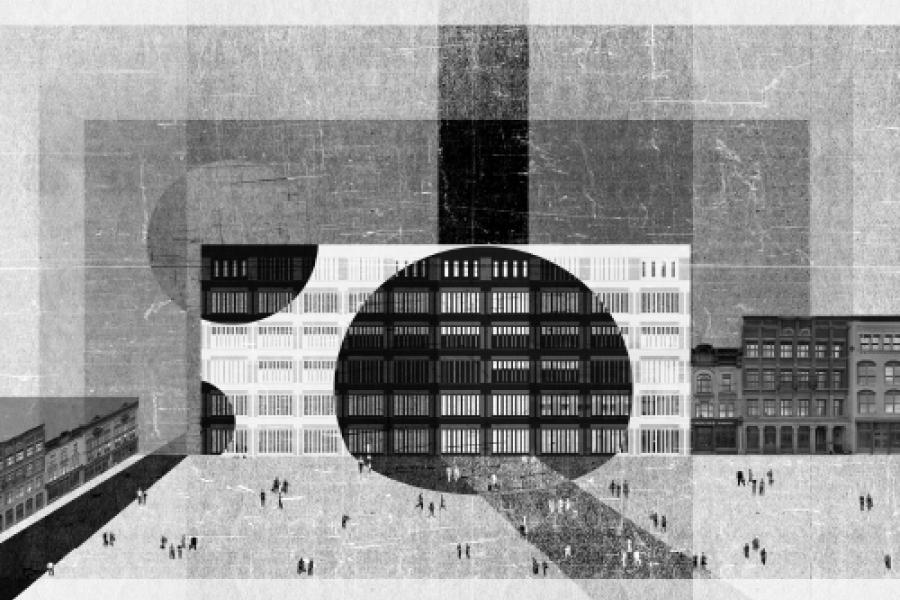
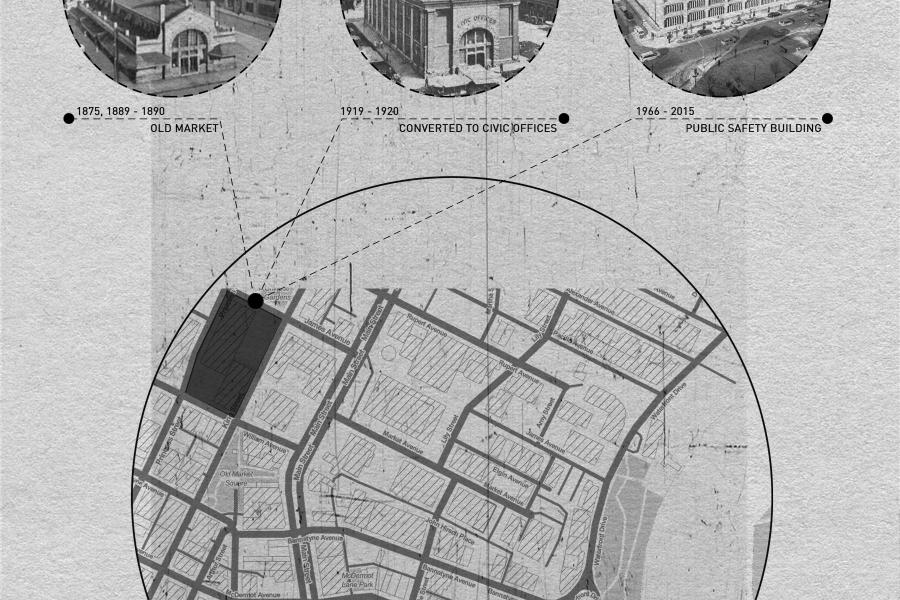
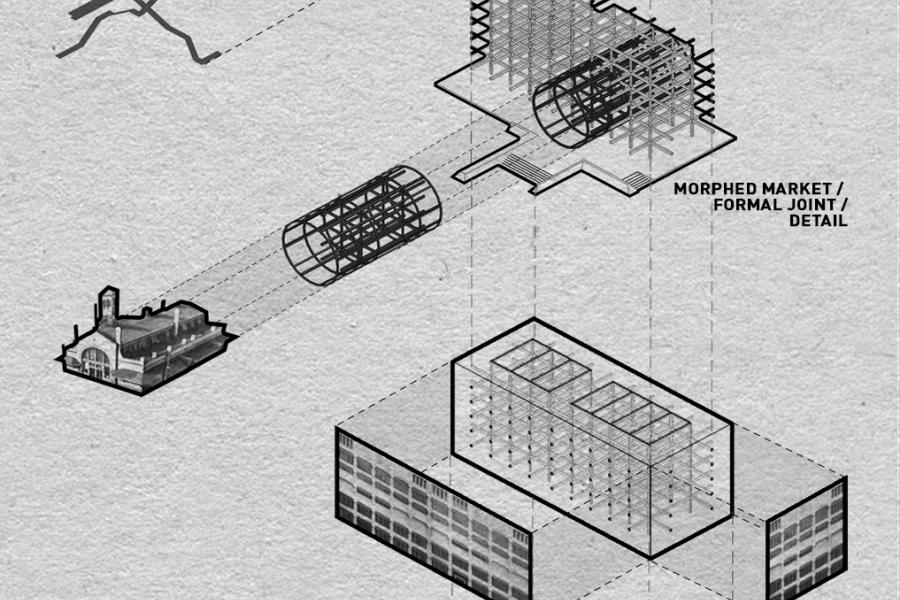
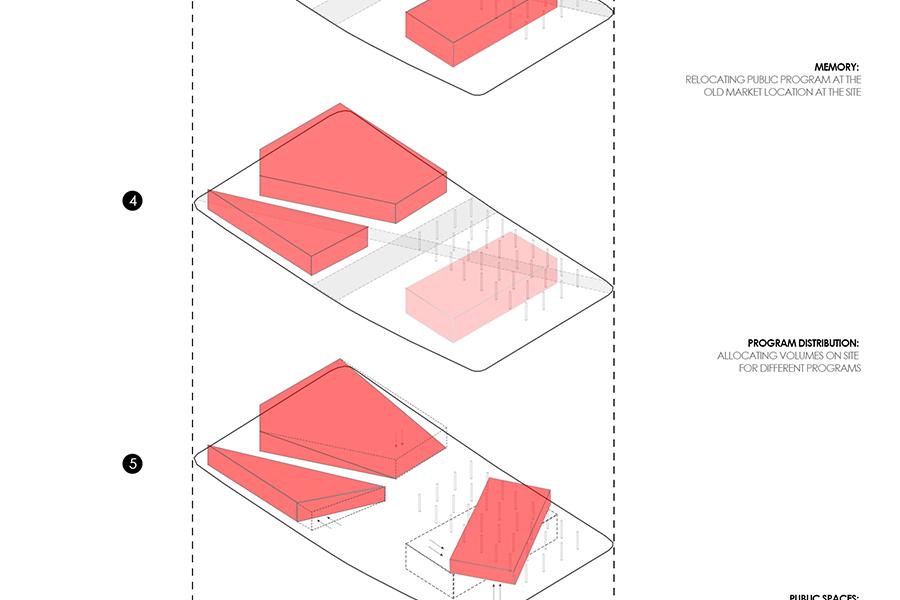
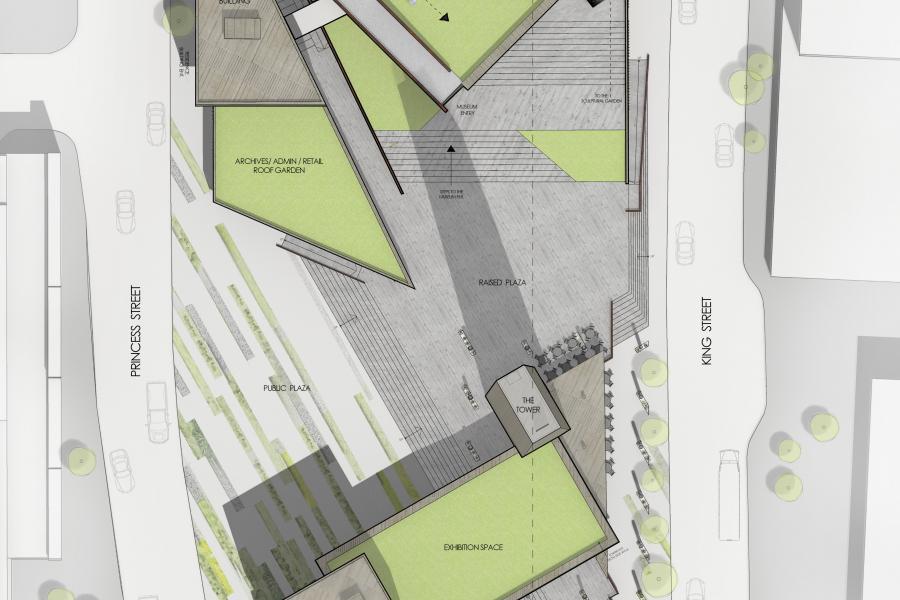
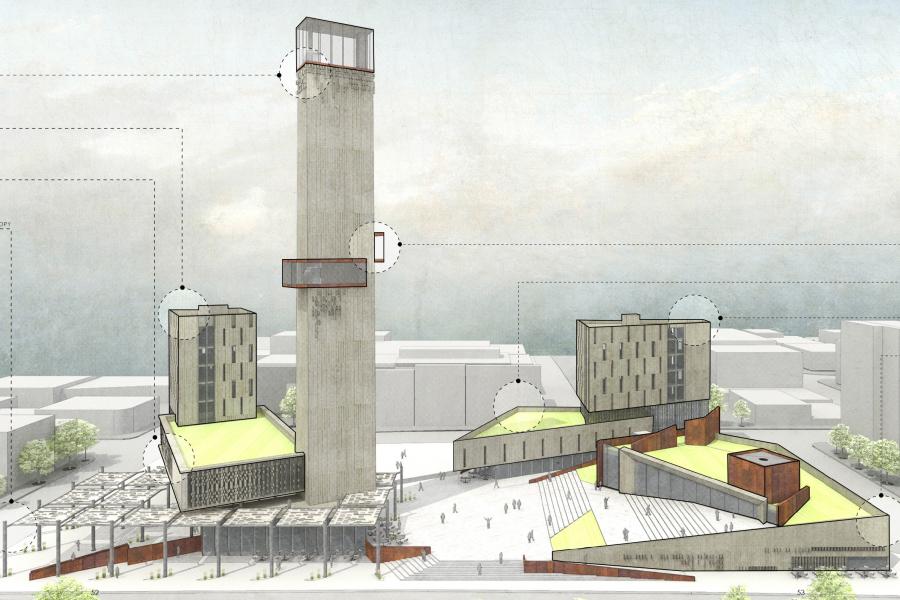
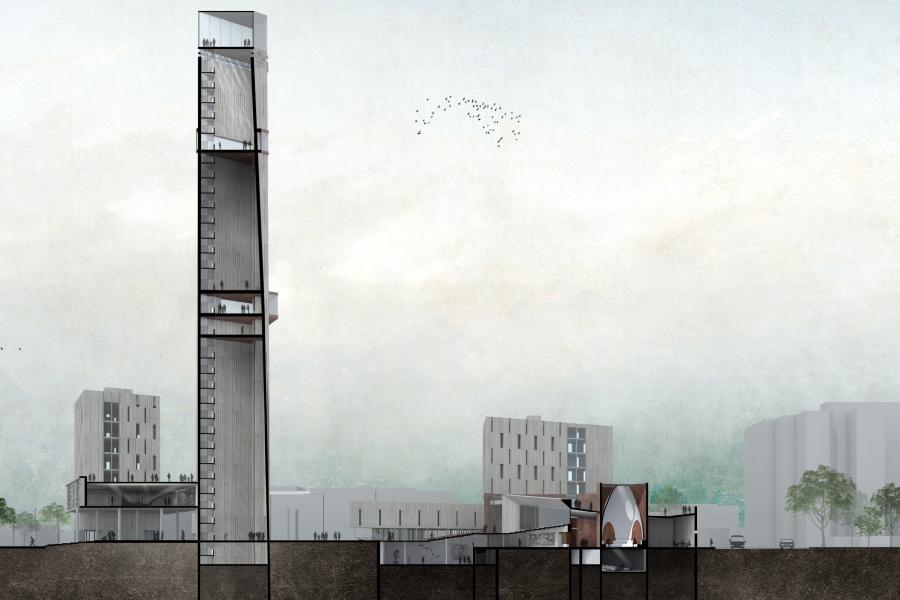
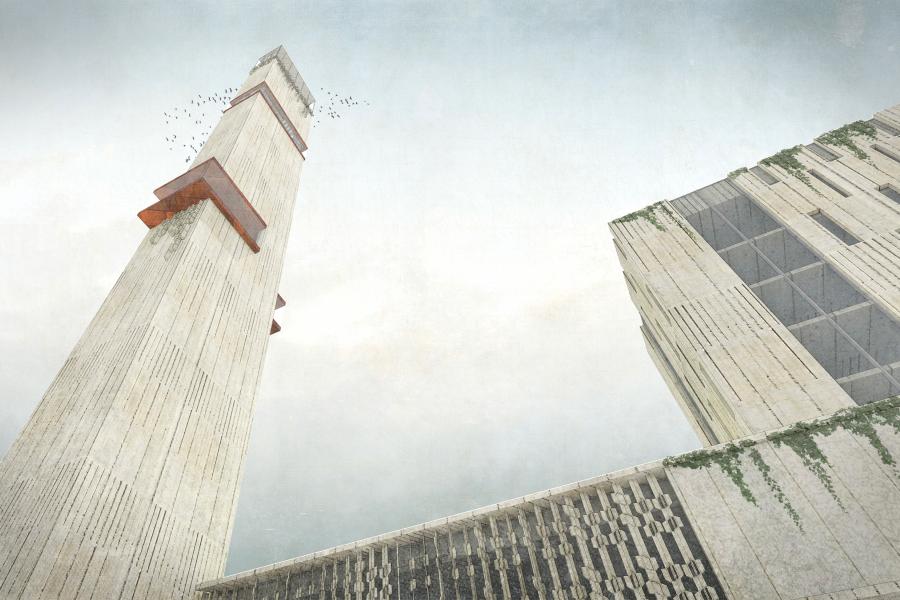
The Disappeared Presence: The Tales of the Disappearing Buildings
This thesis is an attempt to better understand the relationship between the architectural space and its narrative that is relevant to its physical and psychological context. The proposal intends to scrutinize various ways of communicating narrative through architectural elements and how those elements can promote a language of a sort that can be a carrier of ideas and thoughts through buildings and spaces. The study of architectural language will be based on the text of Juhani Pallasmaa and Marco Frascari and analogies will be drawn based on their ideas of architectural communication.
This proposal will further examine situations where previously researched architectural language may be used to form a narrative of a space through a careful research of precedent studies. This will be further executed by analyzing a potential situation from which the important pieces of architecture are allowed to emerge. This proposal aims to recuperate the idea of storytelling in architecture – to create buildings that respond to local narratives and acknowledge their power as an architectural manifesto for future development. The goal of this proposal is to reimagine architecture out of cautiously chosen moments that are the fragments of a vibrant past.
The contemporary takes on the architectural narrative can be explained through the analogy of the language of poetry and the language of architecture. Pallasmaa says, “As words are a medium of storing and transmitting the message of poetry; material forms, details and the immaterial spaces determined by those forms, and their relationships, are the means of architectural communication.”. However just as the words as such do not make poetry, similarly the forms of architecture cannot be identified with the architectural experience. On the other hand, Marco Frascari’s analogy of details as a generator of architectural narrative, suggests that Details can be regarded as the minimal units of signification in the architectural storytelling. They can act as words of architectural language, that when combined together with forms, materials and spaces as a whole can suggest a grander architectural narrative. Although details, architectural forms, colors, and materials are a very tangible element of the architectural process but they can impose an order that can take one’s mind beyond the tangible realm, into imagination, thus unifying the tangible and imaginative realm of architecture.
In this project, the notion of the architectural narrative will be applied to the site of Winnipeg’s Old Market in the exchange district of downtown. The site is currently housing the Public Safety Building (PSB) which is set to be demolished in near future. There are many visions for the prized site, but this project intends to subvert the typical tabula rasa approach by proposing an intervention that speaks to existing narratives while suggesting inventive resolutions. At times the architecture is simply a backdrop for the much more interesting events taking place, while at other times it plays a more crucial role in service to the narrative. This project proposes to underpin the elements of the past that have played a substantial role in developing the contextual narrative of the site.
